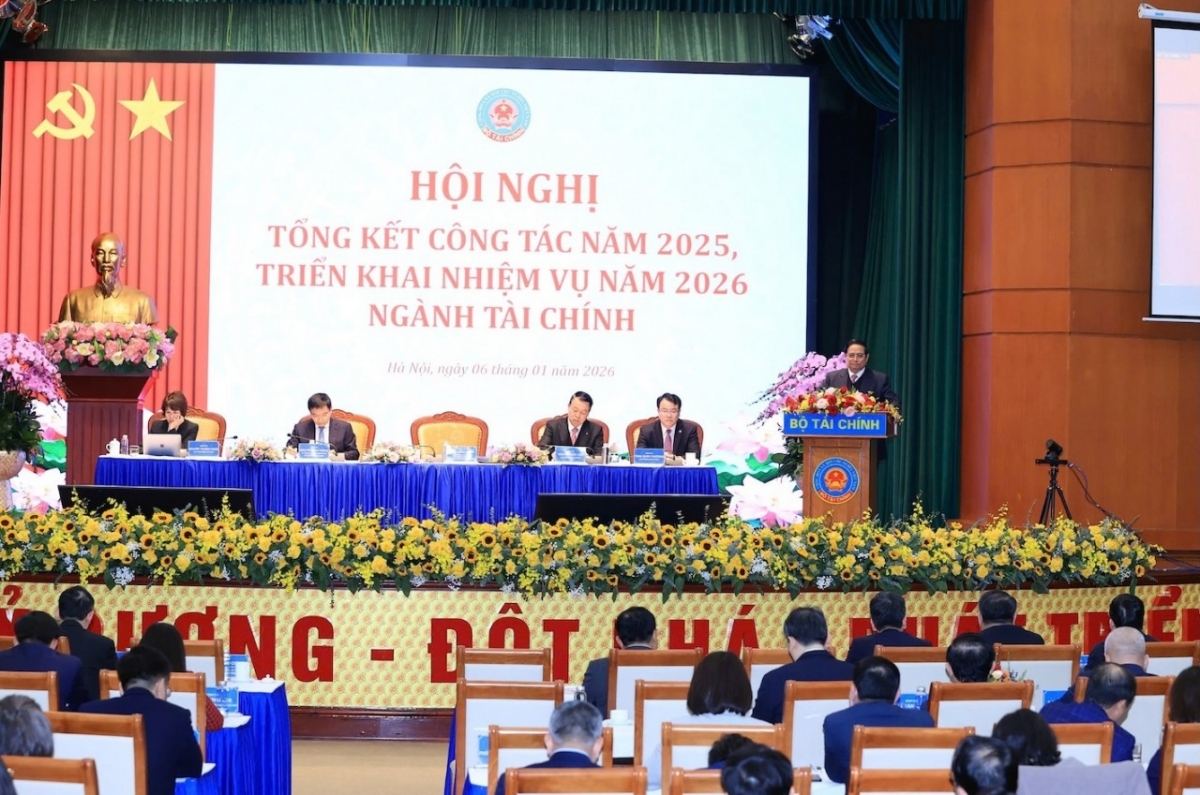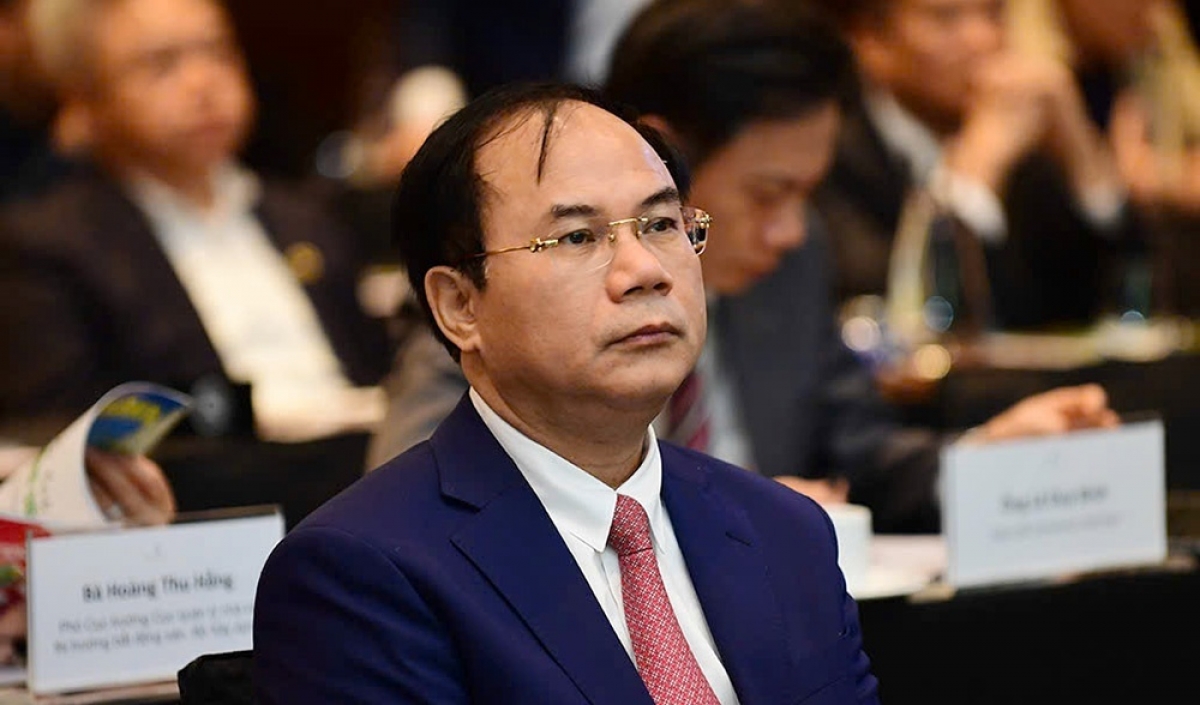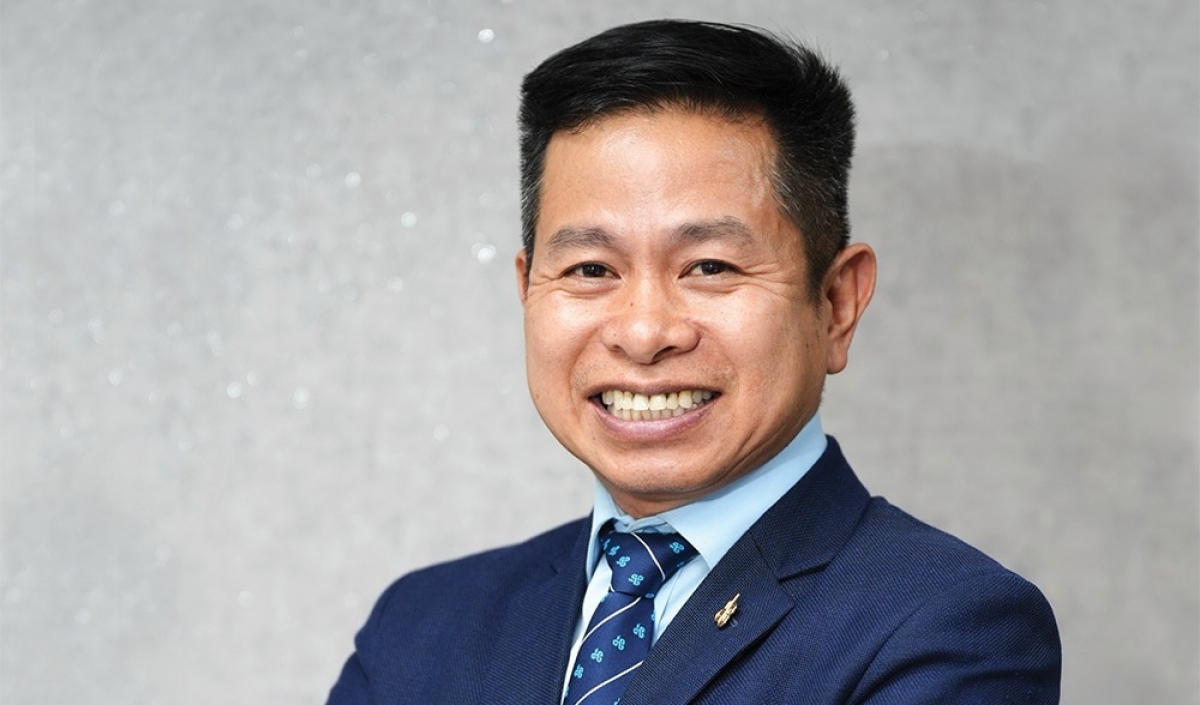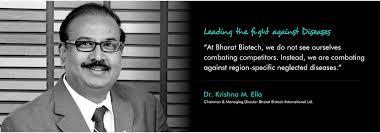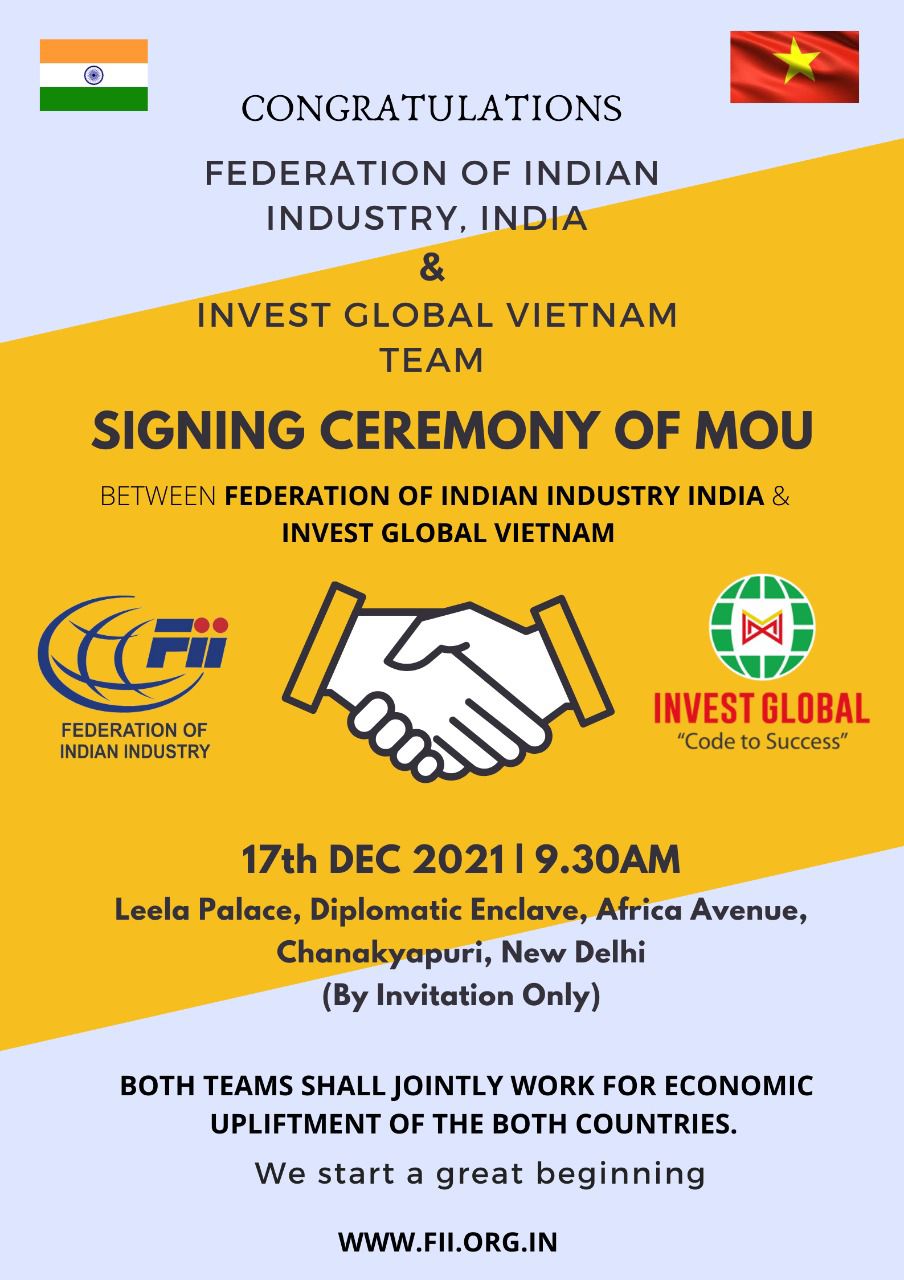INTERNATIONAL INVESTMENT
AND PORTAL
A workshop was held last week on the role of foreign-invested enterprises (FIEs) in green growth, where the contribution of foreign-invested enterprises in Vietnam’s economic recovery and inclusive growth was praised.
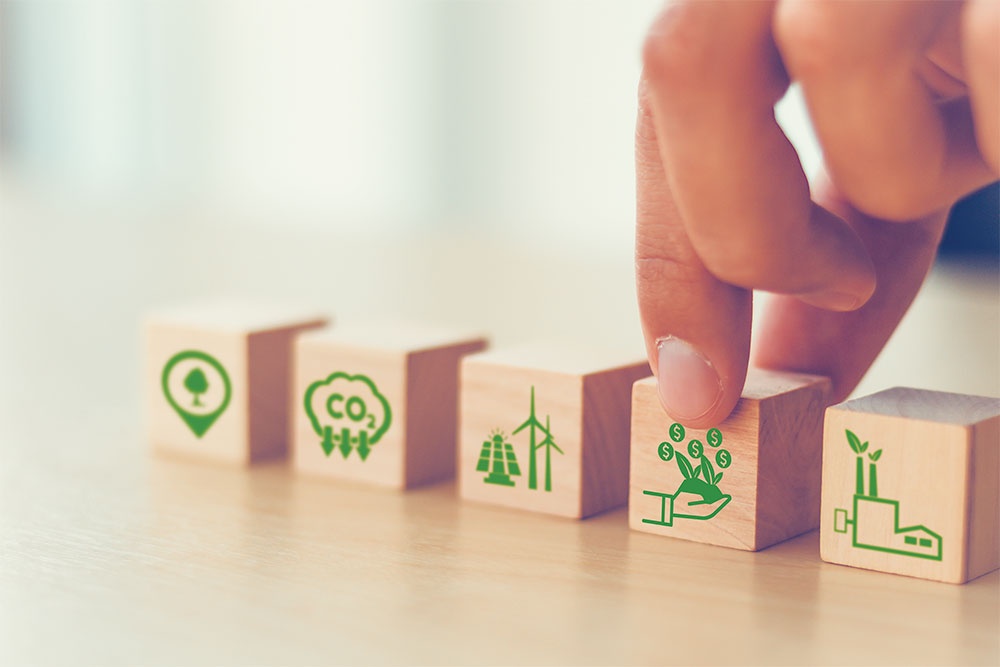 Green growth topping the agenda for investment push, Photo: Shutterstock
Green growth topping the agenda for investment push, Photo: Shutterstock
“FIEs not only change perception, create resources, and offer experience, modern technology, and equipment to realise green growth goals in production, but they also cooperate with domestic enterprises to contribute to the green growth goals of the country,” said Nguyen Anh Tuan, deputy director-general of the Ministry of Planning and Investment’s (MPI) Foreign Investment Agency (FIA).
According to the MPI, the private sector has spent about $9 billion on green growth-related areas like renewable energy, machinery, and equipment for the green economy, which makes up 2 per cent of GDP.
“The business community, including FIEs, has been changing behaviours in production, consumption, and doing business, contributing to implementing the green growth goals,” Tuan said. “The most important thing is to change awareness and mindsets in the need of green development and investment, corresponding to a green economy and society.”
Green investment
Nestlé is paying attention to social responsibilities and sustainable development. Chris Hogg, Nestlé’s vice president and head of Sustainability and Communications for Asia, Oceania, and Africa, agrees on the role of private businesses to reach the green growth goals.
“Our goals are to take care of the health of the planet, and the green development will contribute to making sustainable and good food for everyone, ensuring food security of the world,” Hogg said.
“We are caring about the joining and working of 600,000 farmers around the world to join hands impacting the production processes. We encourage and guide them to apply technologies for regenerative agriculture and coping with climate change, carbon emission reduction, which contributes to enhancing the quality of the soil, promoting sustainability in the entire production process, increasing labour productivity, and protecting their health,” he added.
In the agricultural sector, Dao The Anh, deputy director general of the Vietnam Academy of Agricultural Sciences, recognises the impact of the sector on the environment and natural resources in terms of large land use, soil and water pollution, and biodiversity that affects forest coverage.
“The agricultural sector is trying efforts to implement the commitment of reducing the emissions, which is too high at 30 per cent right now. We have a commitment to cut down greenhouse gas (GHG) emissions from agriculture by 10 per cent by 2030, and comply with the government’s commitment to net-zero emissions by 2050,” said Anh.
In addition to the regenerative agriculture model of Nestlé, hundreds of other investors and projects are highlighted for the efforts for green growth and carbon emission reduction.
In recent years, the quality of foreign-invested projects has changed in line with Vietnam’s directions, such as Lego’s first carbon-neutral factory, and Pandora’s fully renewable energy factory.
Many large corporations with high-tech products such as Samsung, LG, Intel, Toyota, and Lego are mobilising the circular economy, utilising ecological economic zones and eco-urban industrial parks.
Nguyen Quang Vinh, chairman of the Vietnam Business Council for Sustainable Development (VBCSD) said that large FIEs are spreading the messages of green, sustainable, and responsible business in Vietnam.
“However, awareness of small- and medium-sized enterprises on sustainable development, green growth, and responsible business is very poor,” said Vinh.
A 2019 resolution on improving the quality of foreign investment cooperation highlighted the efficiency and the spillover to the local private sector of inclusive development and green growth.
The nation’s strategy for green growth this decade also set several targets: reducing GHG emission intensity; greening economic sectors; promoting sustainable consumption; and greening the transformation process according to equality and inclusion principles.
“Vietnam is considered as a successful model in attracting foreign investment based on the increasingly improved institutions and investment environment, stable politics, and high economic growth,” said Tuan from the FIA.
Overcoming challenges
However, according to the VBCSD, although the circular economy generates about $4-5 trillion every year and millions of jobs for new business models, drawing in truly green investment is a difficult goal. Experts said that the number of large enterprises and corporations investing in the country is not the same as the numbers paying attention to green production.
“FIEs in Vietnam are not all big, sometimes they are just medium-sized. So if we don’t insist on high technologies and higher technical standards, they will continue to use cheap technologies or old machinery,” said Vinh.
“Therefore, the government is building mechanisms and policies, creating an environment to encourage, develop, and nurture investment in production and business for green development goals.”
Strategy and action plans on green growth have been issued and integrated into the socioeconomic development plans of localities to achieve this goal. The government will also continue directing ministries and agencies to review and ensure that the legal framework is encouraging.
“We are finding practical and proper incentive policies to change awareness of businesses and effectively implement green production and business,” Tuan said.
He also pointed out the difficulty in resources and technologies, which are strengths of FIEs. “Green and sustainable production is the requirement of developed countries like the EU, and the US for all import goods and services. So, we hope that FIEs will support local enterprises to change business mindsets and improve quality and standards,” said Tuan.
Human resources are said to play the key role, and driving force of development, not only of countries but also of businesses. “We should train really high-quality human resources, especially with cognitive thinking in implementing green production and business,” Tuan added.
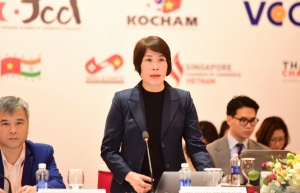 Fostering ties with private sector in green growth
Fostering ties with private sector in green growth
The technical session of the Vietnam Business Forum (VBF) took place on March 17 with a theme of partnership between the private sector and the government to foster green growth.
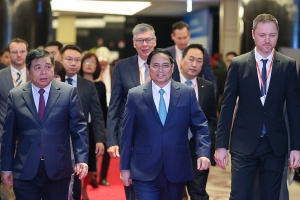 Vietnam aims to lead region's development on green growth
Vietnam aims to lead region's development on green growth
Vietnamese and foreign investors have considered green business as a strategic advantage for competition.
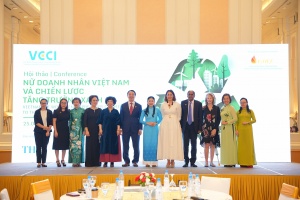 Vietnamese female entrepreneurs take the lead in boosting green growth
Vietnamese female entrepreneurs take the lead in boosting green growth
On March 25, the Vietnam Association for Women Entrepreneurs (VAWE) held a seminar on female business leadership and green growth with the Vietnam Women Entrepreneurs Council, a part of the Vietnam Chamber of Commerce and Industry (VCCI).
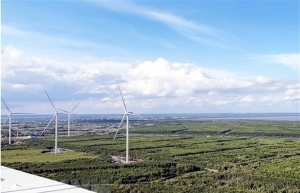 Mindset, awareness changes needed to obtain true green growth: minister
Mindset, awareness changes needed to obtain true green growth: minister
True green growth must be a process of changing the mindset and awareness in production, consumption, and the way of life, as well as the policymaking mindset, according to Minister of Planning and Investment Nguyen Chi Dung.
